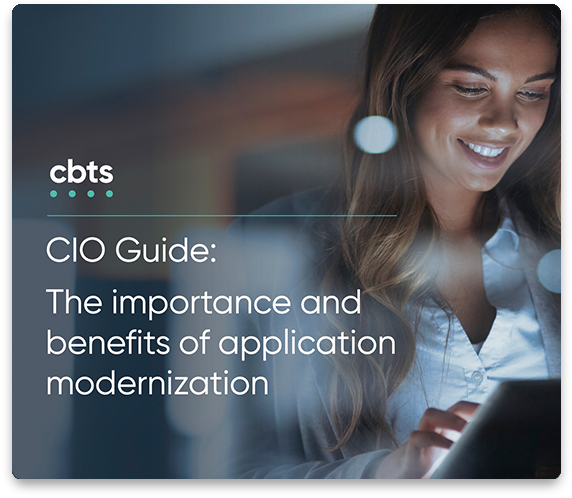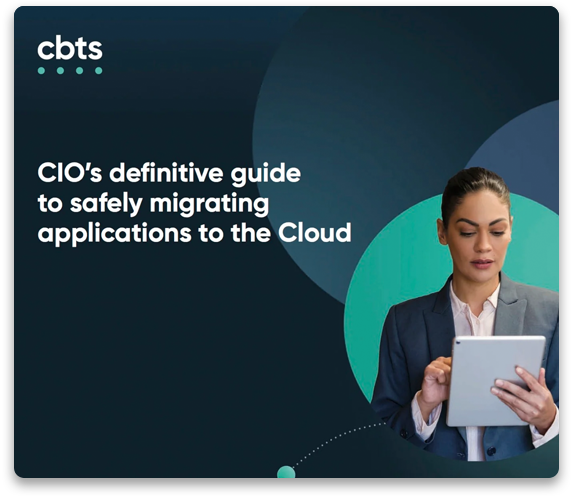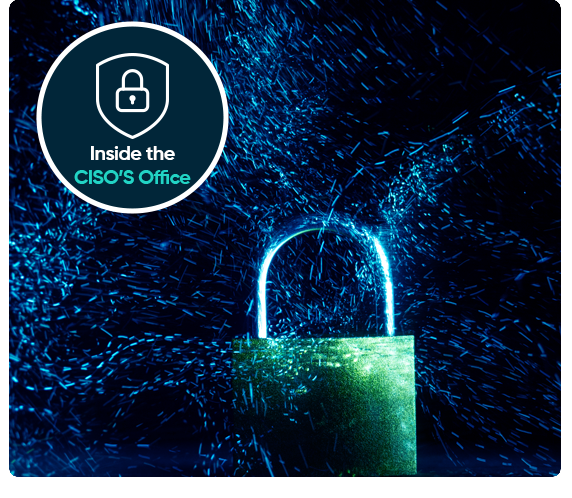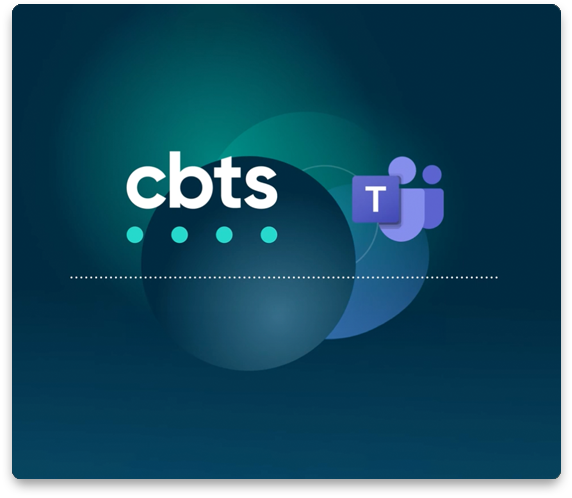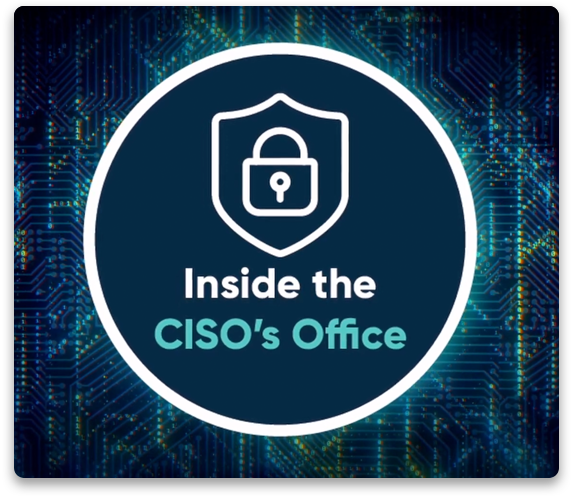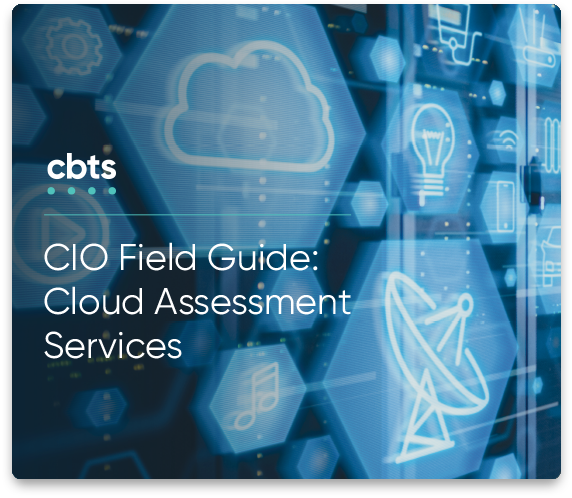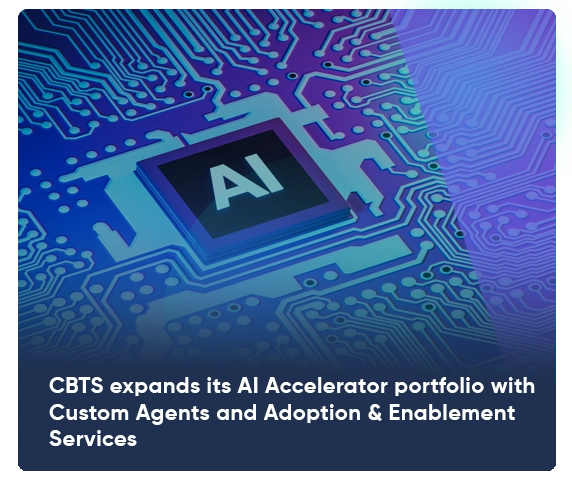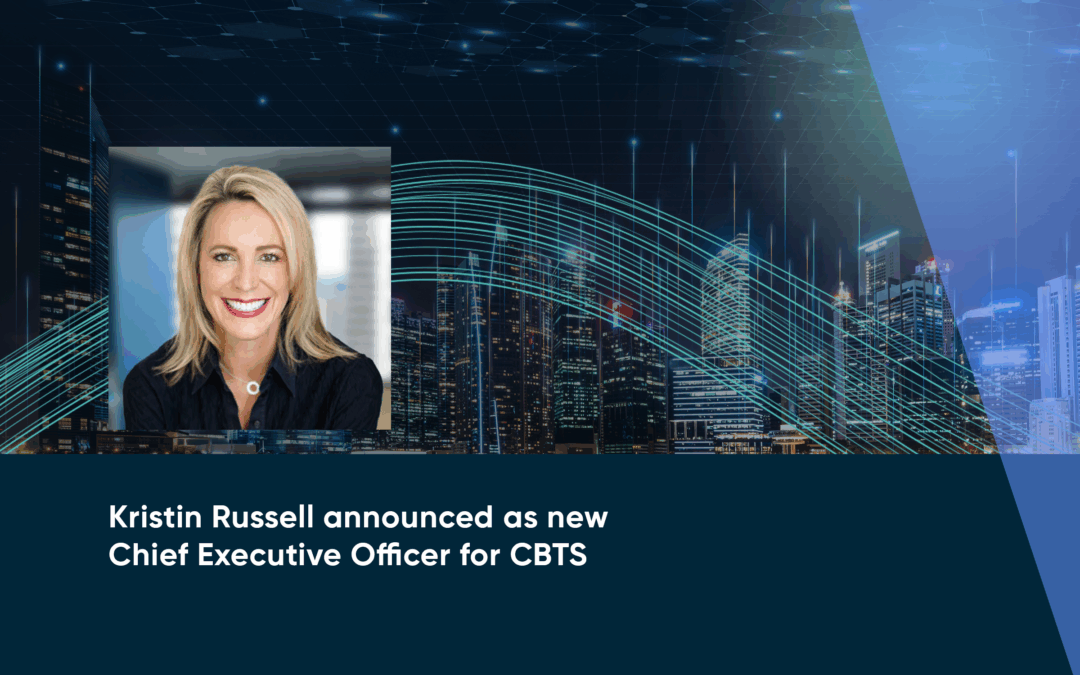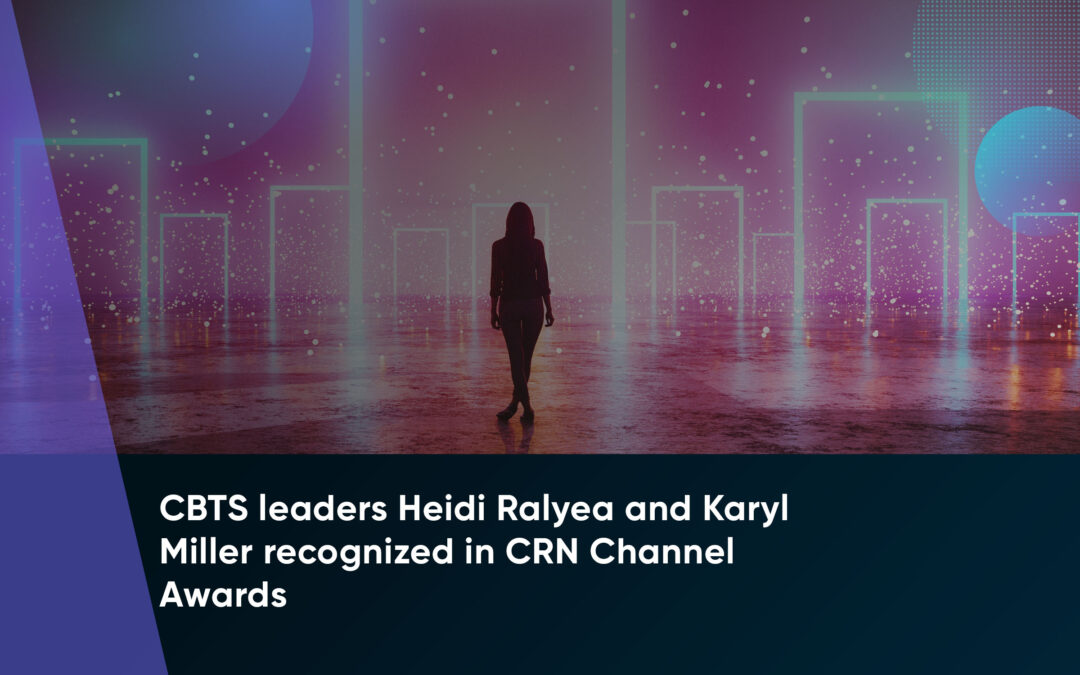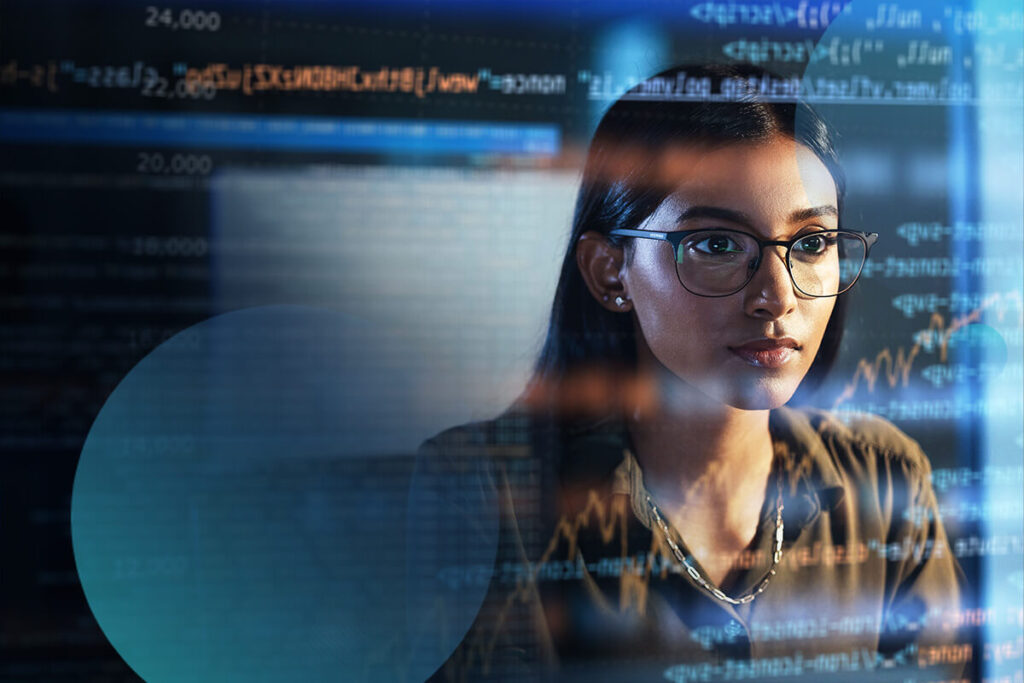
I am a big, big champion of good cybersecurity awareness and training programs for any and all organizations. And as we rely more and more on artificial intelligence in our work and personal lives, cyber security awareness and training programs must include an AI strategy.
You can’t blame your users for “falling” for a phishing e-mail these days when the e-mail is written by AI, targeted to your users in your environment using AI, customized to your culture and language using AI, and enhanced with AI-made deepfake images and videos, including audio that sounds like your CEO, CFO, CIO, etc. It is not your users’ fault that criminals and other attackers understand how to target them with AI-enhanced tools that are making it much easier to exploit your users.
Thankfully, artificial intelligence is in the process of enhancing and accelerating countless industries, and cybersecurity is no exception. AI-powered solutions are increasingly being deployed to detect and respond to cyber threats. These tools can analyze vast amounts of data in real time, identify anomalies, and predict potential attacks. That part is great and can be a force multiplier for lean IT shops that have budget for tools but not talent.
AI powers detection and response tools to help combat cyber threats, but we need to remember that humans are at the heart of the security in cybersecurity. For an organization to have a resilient, robust, and effective cybersecurity program, organizations must develop a comprehensive AI strategy that balances technological advancements with human oversight and awareness.
What role does an AI strategy play in cybersecurity awareness?
While AI can provide significant benefits to a cybersecurity program, human oversight and review are essential. Employees are always the primary target of attackers, which means they can be your first line of defense. Employees who are properly trained can identify suspicious e-mails, recognize sophisticated phishing attempts, and report security incidents promptly, potentially saving your organization time, effort, and expense.
With a well-developed and leadership supported AI strategy within your cybersecurity awareness campaign, you can significantly reduce the risk of your employees falling for AI-powered and highly targeted social engineering attacks.
But how do you AI-proof your employees?
To effectively implement an AI strategy for cybersecurity, a company should consider a few factors.
First, prioritize employee training
A solid cybersecurity-aware corporate culture starts with employee education. You want to have regular, bite-sized training elements that ensure employees understand the basics of cybersecurity, how AI is used in the organization, and the importance of their contributions. At a minimum, training topics should cover phishing, spear phishing, business e-mail compromise, social engineering, password management, and the ethical use of AI.
Here is a special tip to make the training stick: use real-world scenarios and simulations to make training engaging and relatable. Highlight how AI tools are used correctly within your organization to enhance security. Tailor your training so that it caters to different roles and levels of technical capabilities for the members of your teams.
Two other quick points:
- Regular refreshers: Conduct regular training sessions to keep employees updated on the latest threats and best practices.
- Interactive learning: Utilize engaging methods such as simulations, quizzes, and gamification to enhance learning retention.
Second, build a culture of security
An AI strategy within a cybersecurity-aware culture starts with leadership from the top of the organization. The CEO, CFO, COO, CIO, should all promote and encourage cybersecurity awareness. Everyone at the organization should buy into contextual-based education that is continuous and ensures employees understand the basics of cybersecurity.
A CEO who shares their experience with phishing e-mails, social engineering attacks, deepfakes, and other cybersecurity basics will quickly motivate the entire company to pay attention. A short message from the CEO that says, “Stop, think, and check,” before clicking a link is worth ten hours of computer-based training. The CEO must be sincere and honest about their experience to really make the message hit home with staff.
Two quick points on a good cybersecurity culture:
- Get leadership participation: Secure the support and engagement of top managers to demonstrate the importance of cybersecurity.
- Incentivize security awareness: Recognize and reward employees for their contributions to cybersecurity response times and alerts.
Turn your entire company into a human firewall that can quickly and easily alert the right members of the cybersecurity team.
And third, emphasize human oversight and accountability
While AI can automate many tasks, human oversight is crucial, particularly as you look at your cybersecurity program. Make sure you establish clear guidelines for human oversight of your AI-driven processes. Think through the roles and responsibilities that will be enhanced with AI to ensure that there is always a human touch in critical decision-making.
- Involve others besides your IT staff in your AI projects so that the organization understands how AI is implemented properly.
- Create cross-functional teams for AI projects that include the business owner of the process, the IT staff who will support it, the cybersecurity staff who need to protect it, and the AI experts who will design it.
The human touch balances an AI strategy for cybersecurity
Adding an AI strategy to your cybersecurity environment with human oversight creates a dynamic and robust defense mechanism. An effective AI and cybersecurity awareness strategy requires a balanced approach that leverages AI’s strengths while recognizing and empowering the key role of human intuition and creativity.
By fostering a culture of continuous learning, transparency, and collaboration, organizations can build resilient cybersecurity defenses capable of adapting to the constantly changing threat landscape. Embrace the power of AI and keep the human element integrated to protect your digital assets and stay ahead of cyber criminals and other adversaries.

